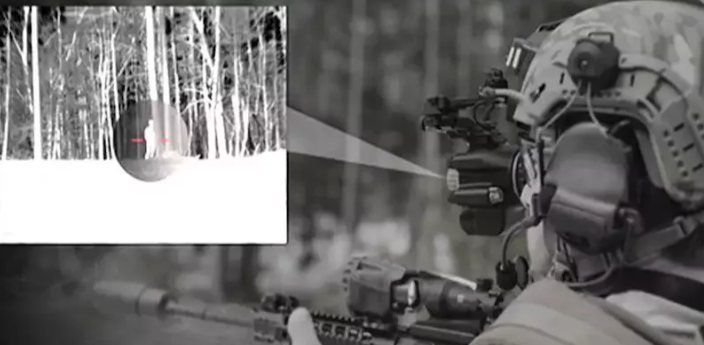Thermal imaging technology has been around for decades, and in recent years, we have seen a surge in the applications of this tech. From military to medical fields, thermal imaging cameras have become a vital tool that can detect temperature change and identify abnormalities.
The custom manufacturing of thermal imaging and sensor applications has paved the way for the production of high-resolution cameras and sensors that can capture accurate temperature readings and identify heat signatures. These devices have replaced the traditional thermometers used for monitoring temperature changes and have proven to be a more reliable and efficient method.
Thermal imaging and sensor technology can be used in various fields, including building inspections, medical diagnosis, security surveillance, and manufacturing. In construction, thermal cameras can be used to identify heat loss and locate moisture problems in the building structure. In the medical field, thermal imaging can be used for breast cancer screening, fever detection, and identifying inflammation.

Furthermore, thermal imaging cameras are now being used in security surveillance, where they can detect the body heat of trespassers and alert security personnel. This technology has proven beneficial in detecting intruders in high-risk areas such as airports, seaports, and government buildings.
Custom manufacturing of thermal imaging and sensor applications has also allowed for the creation of devices that accurately monitor machinery and equipment temperature to prevent overheating and potential damage. Many industries use thermal cameras to monitor the temperature of engines, bearings, and other mechanical equipment to ensure they are functioning correctly. This technology has allowed for better maintenance and prevention of expensive repairs.

In conclusion, the custom manufacturing of thermal imaging and sensor applications has revolutionized various fields. Medical diagnosis, building inspections, security surveillance, and mechanical equipment monitoring have all been improved and made more efficient through the use of this technology. As this industry continues to grow, we can only expect more innovative devices and applications to be developed.


